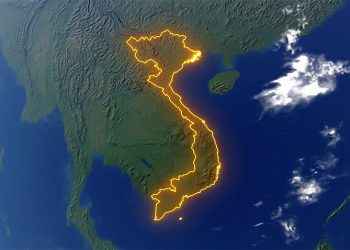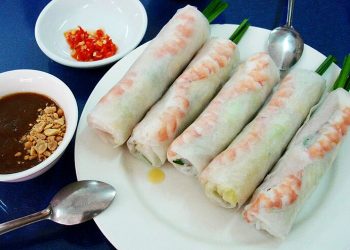Currency is an essential part of any nation or economy, and Vietnam is no exception. In Vietnam, a unique currency is used, so let’s dive in and explore Vietnamese currency.
Table of Contents
Vietnamese Currency Denominations
Currently, Vietnam has over ten different currency denominations in circulation. Below are the denominations of Vietnamese currency:
1. Polymer Currency
Most of Vietnam’s currency is printed on polymer, a material that enhances durability and helps prevent counterfeiting. The polymer denominations, from highest to lowest, are as follows:
– 500,000 VND: The highest denomination currently in circulation, printed on polymer. It is blue and features an image of President Ho Chi Minh and his stilt house in Hanoi.
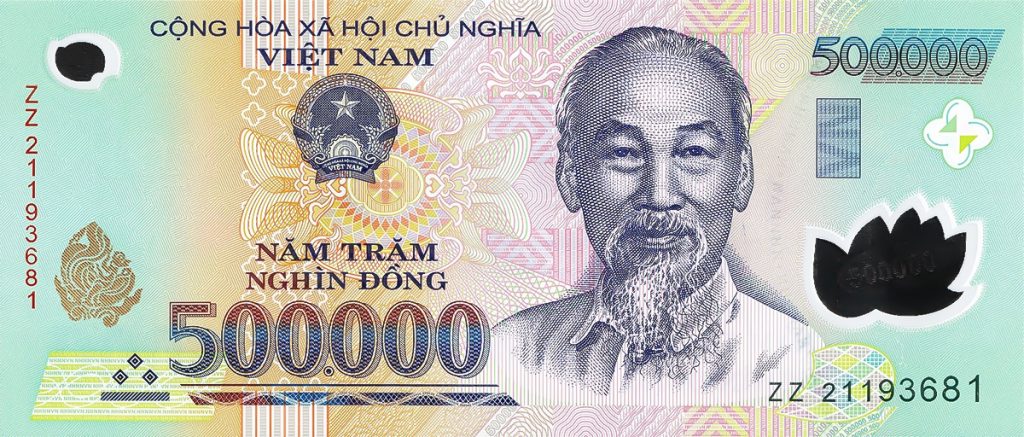
– 200,000 VND: Printed on red polymer, this note features President Ho Chi Minh and an image of the The Huc Bridge on Hoan Kiem Lake in Hanoi.
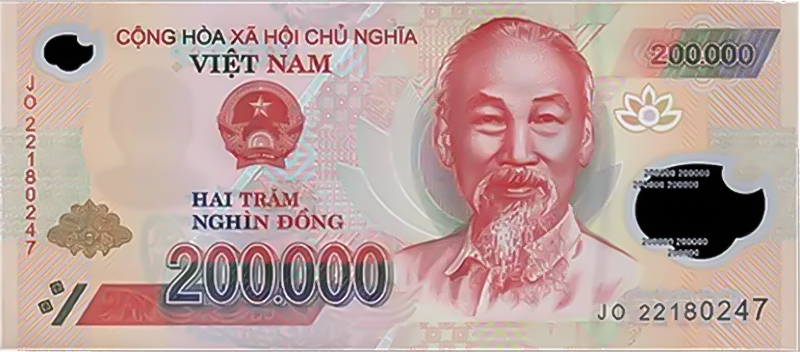
– 100,000 VND: Dark green polymer note featuring President Ho Chi Minh and an image of the Temple of Literature, symbolizing Vietnam’s culture and education.

– 50,000 VND: Purple-red polymer note with President Ho Chi Minh and images of Nghenh Luong Pavilion and Phu Van Lau in Hue, both constructed during the Nguyen Dynasty as resting places for the king.
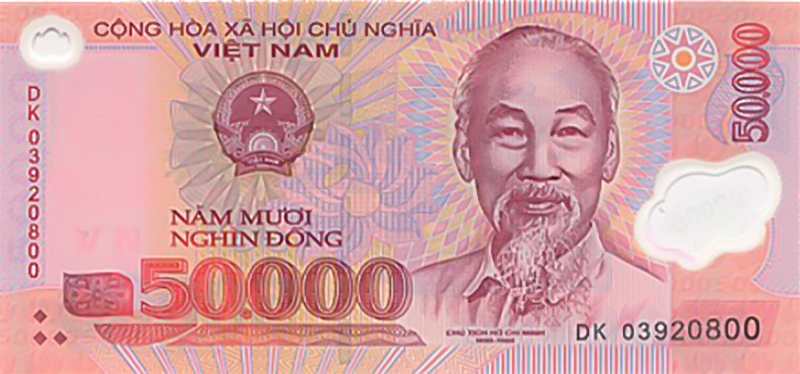
– 20,000 VND: Blue polymer note with President Ho Chi Minh and an image of the Covered Bridge in Hoi An, a national heritage site.
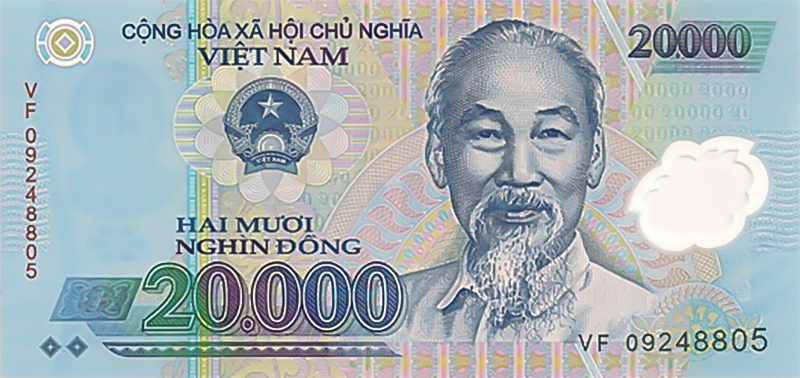
– 10,000 VND: Yellow polymer note featuring President Ho Chi Minh and an image representing the oil industry, with an offshore drilling rig.
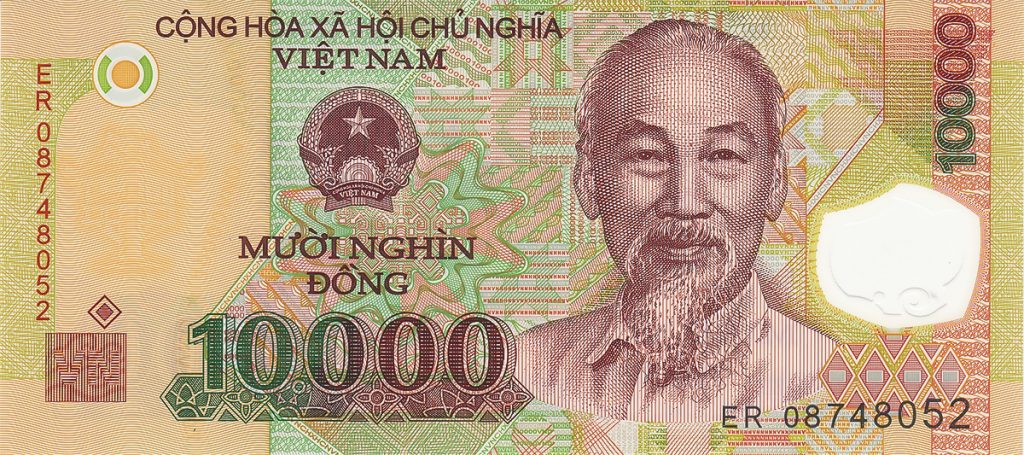
2. Cotton Currency
Some smaller denomination currencies in Vietnam are printed on cotton paper:
– 5,000 VND: Blue in color, featuring an image of President Ho Chi Minh and the Tri An Hydroelectric Plant.
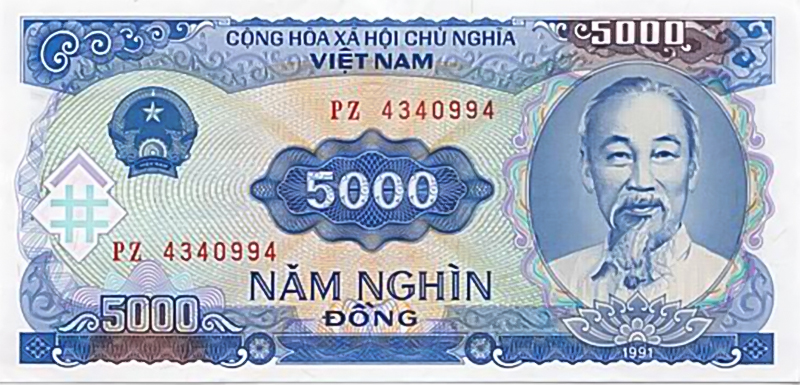
– 2,000 VND: Gray in color, featuring an image of President Ho Chi Minh and the textile factory in Nam Dinh, a symbol of Vietnam’s textile industry.
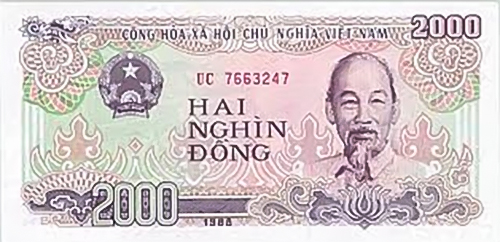
– 1,000 VND: Brown in color, featuring an image of President Ho Chi Minh and the Hoa Binh Hydroelectric Plant.
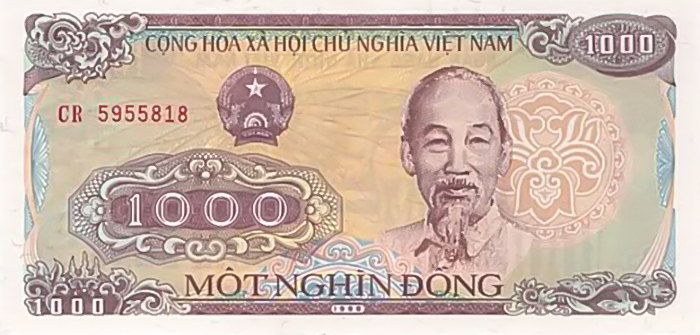
– 500 VND: No longer in circulation due to its low value. It was red in color and featured an image of President Ho Chi Minh and Hai Phong Port, the second-largest seaport in Vietnam.
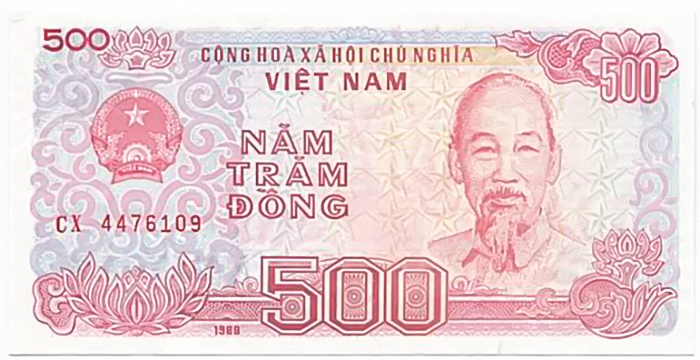
– 200 VND: Also no longer in circulation due to its low value. It was red-brown in color, featuring an image of President Ho Chi Minh and the Five Ton Rice Field in Thai Binh, Vietnam.
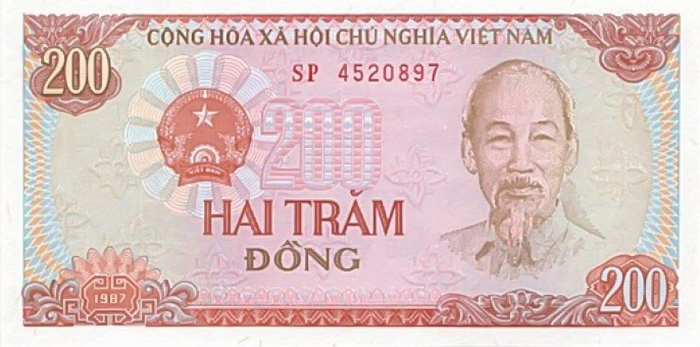
– 100 VND: No longer in circulation due to its low value. It was green-yellow in color, featuring an image of President Ho Chi Minh and the Ph? Minh Pagoda tower in Nam Dinh, Vietnam.
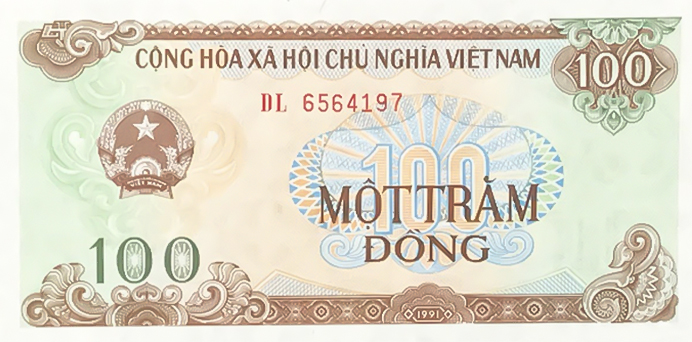
What Type of Currency Is Used in Vietnam?
The currency used in Vietnam is the Vietnamese Dong (VND). It is the official monetary unit of Vietnam and is used in all daily transactions throughout the country.
Vietnamese currency Symbol
The symbol for Vietnamese currency is ?. This symbol represents the Vietnamese Dong (VND) in financial transactions and documents.
Vietnamese currency Abbreviation
The abbreviation for Vietnamese currency is “VND”, which stands for “Vietnamese Dong.” It is used in financial transactions and official documents.
Vietnamese currency Code
The currency code for Vietnamese Dong is “VND”, in accordance with ISO 4217 standards.
What Is the Vietnamese Currency Worth?
The value of the Vietnamese Dong (VND) is lower compared to stronger currencies like the US Dollar (USD), Euro (EUR), or British Pound (GBP). The exchange rate typically depends on the global financial market.
For example, 1 USD = 24,858 VND (this rate can fluctuate depending on the market and time).
In Conclusion
Vietnamese currency often features a lot of zeros, which can be quite intriguing and curious to many. If you’re planning to learn more about or travel to Vietnam, keep in mind the denominations of Vietnamese currency mentioned in this article to make your transactions easier. Be sure to return to Discover Variety to explore Vietnam!


